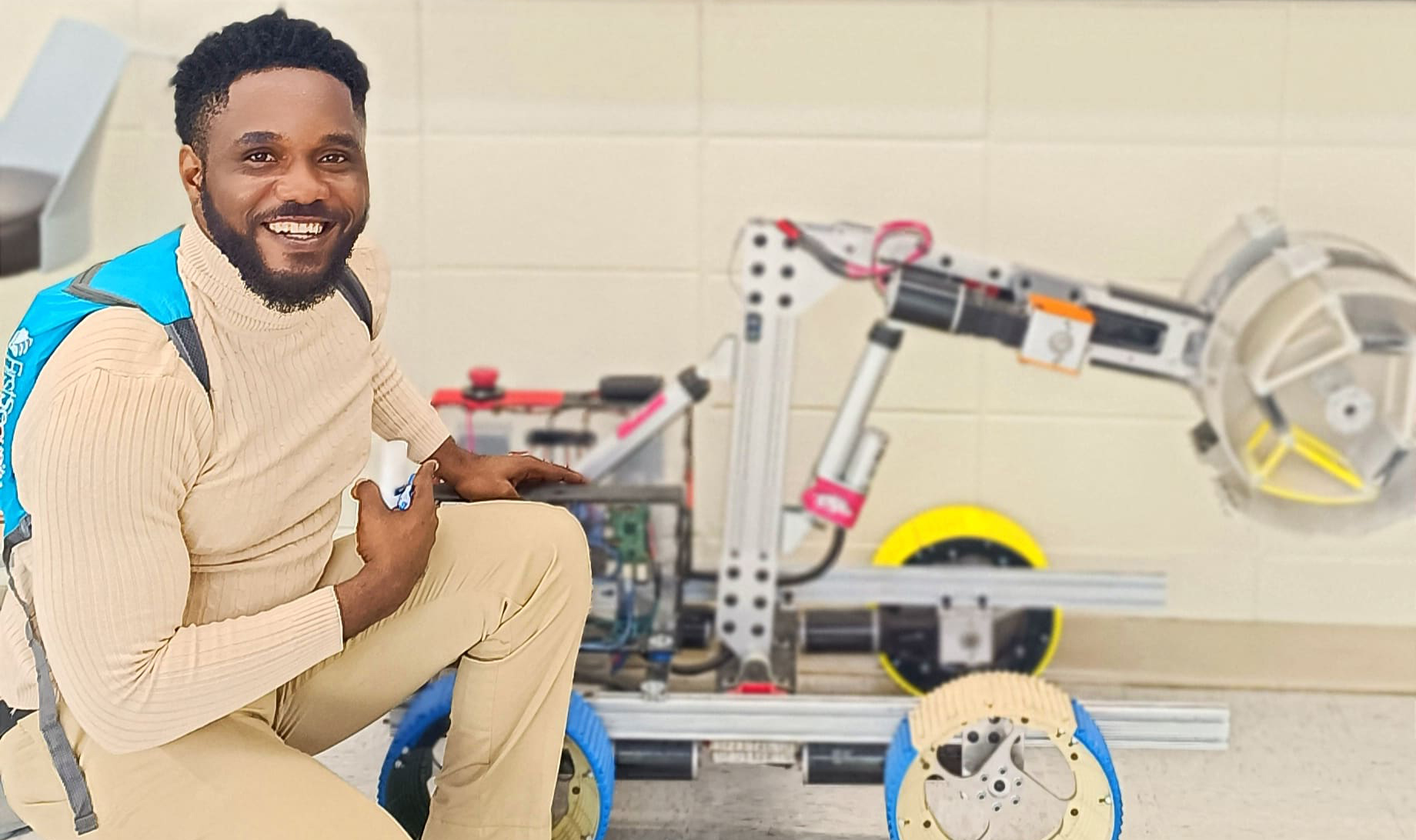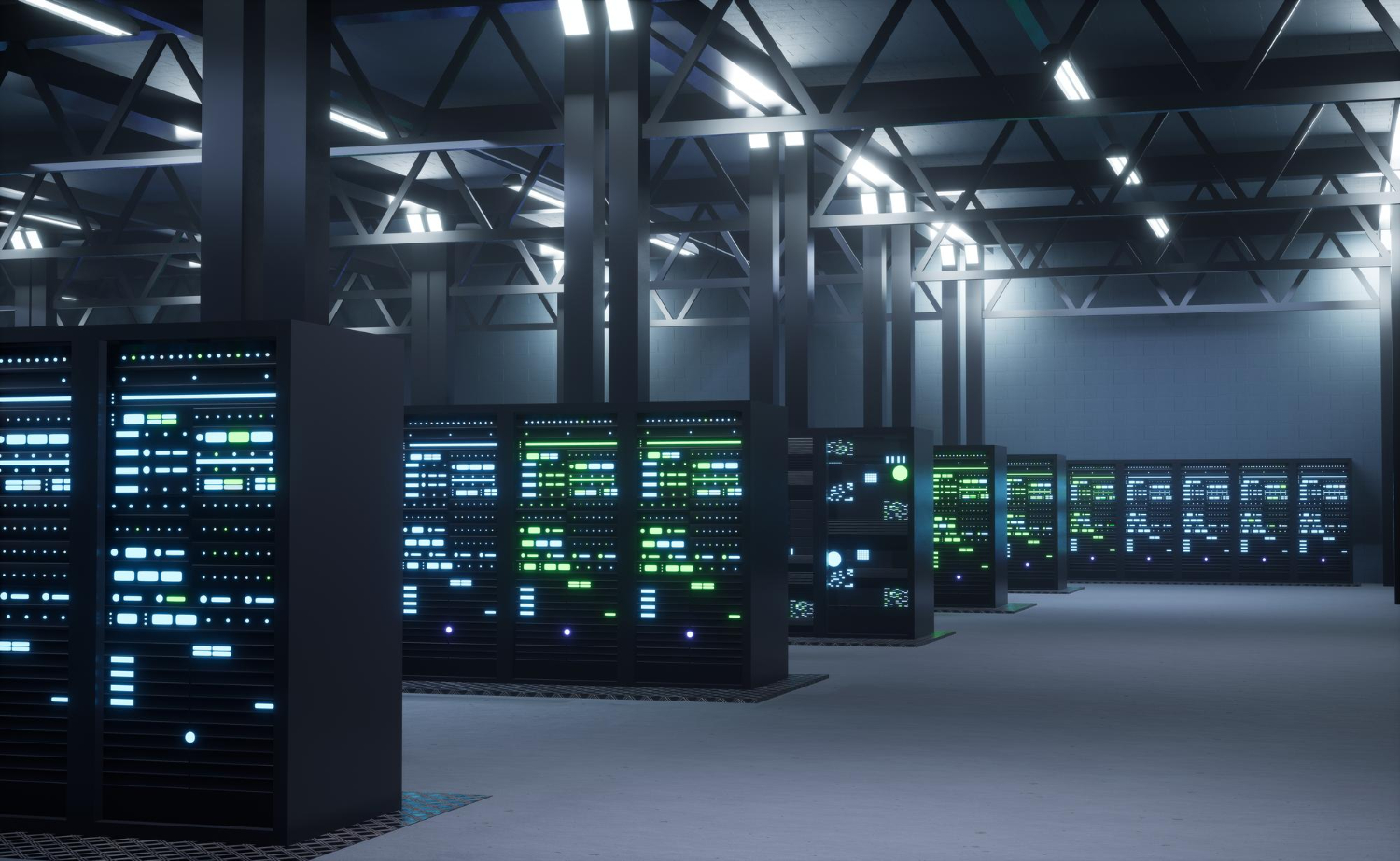🌍 Introduction
Big companies and governments invest heavily in infrastructure to improve supply chains, ensuring efficiency and resilience in global trade. Infrastructure includes both 📡 digital tools (such as blockchain-based tracking systems, AI-driven logistics planning, and cloud-based data management) and 🏗️ physical systems (such as automated warehouses, smart factories, and advanced transportation networks). This study explores how the integration of digital and physical infrastructure enhances supply chain performance, particularly in industries like pharmaceuticals, where timely production and distribution are critical for patient care. The research highlights case studies in the UK pharmaceutical sector, showing how investments in digital and physical platforms drive innovation, efficiency, and regulatory compliance.
What’s This Study About?
The researchers introduce a new idea called the ⚡ cross-platform effect (CPE). This means that when a 📊 digital system improves, the 🚛 physical system connected to it should also get better. If both grow together, the entire supply chain benefits by increasing efficiency, reducing costs, and improving adaptability in response to disruptions.
The study focuses on how 🏛️ public and private partnerships—where governments and businesses collaborate—can drive infrastructure advancements. Through real-world examples, primarily from the 💊 pharmaceutical industry in the UK, the researchers show how companies like AstraZeneca, GlaxoSmithKline, and regulatory bodies have implemented innovative digital tracking systems, AI-driven logistics planning, and smart manufacturing practices to streamline the production and distribution of essential medicines. These efforts demonstrate how aligning digital and physical infrastructure leads to greater resilience, regulatory compliance, and enhanced patient care.
🏆 Why Is This Important?
Modern supply chains face many challenges, including 🌪️ disruptions like COVID-19, 📜 changes in regulations, and 🌱 environmental concerns. Supply chain resilience is crucial in ensuring businesses can adapt to unexpected events, such as pandemics, trade restrictions, and natural disasters. Companies need to invest in both 📡 digital and 🏗️ physical platforms to stay competitive and meet these challenges.
For example, Maersk, the world’s largest shipping company, has invested in both:
- 🛳️ Physical platforms: Ships, warehouses, and logistics centers. These investments have improved efficiency in cargo handling, transportation routes, and supply chain networks.
- 💻 Digital platforms: Online systems that track shipments, predict demand, and help customers manage their supply chains. By using AI and IoT-based monitoring, Maersk has optimized fleet operations, reduced fuel consumption, and minimized delays.
Another example is the pharmaceutical industry, where companies like AstraZeneca and GlaxoSmithKline have integrated digital systems with manufacturing processes to enhance drug distribution. They use blockchain technology for secure tracking of medications, ensuring authenticity and reducing counterfeit drugs.
When both digital and physical infrastructures work together, businesses can reduce waste, cut costs, increase supply chain visibility, and enhance service quality. The study highlights that successful companies leverage a mix of automation, real-time data analytics, and strategic investments in logistics infrastructure to navigate supply chain disruptions effectively.
🏗️ How the Research Was Done
The researchers studied 8️⃣ major projects in the UK pharmaceutical industry, each focused on improving 📡 digital and 🏗️ physical infrastructure. They analyzed how companies and government agencies worked together, what strategies they used, and what challenges they faced. These projects included collaborations between regulatory bodies, manufacturing firms, logistics providers, and technology developers to create more efficient supply chain models.
📌 The Steps They Followed
- 🔍 Identified Key Projects: They selected projects that developed new production processes, regulatory standards, and supply chain models. These projects aimed to enhance pharmaceutical production efficiency and integrate real-time monitoring systems to ensure product safety.
- 📊 Mapped the Relationships: They tracked how different organizations (businesses, universities, government agencies) collaborated. This mapping included partnerships between manufacturers and digital solution providers to develop AI-driven predictive analytics for optimizing inventory management.
- 📈 Examined Growth Patterns: They looked at how investments in digital tools influenced physical infrastructure and vice versa. For instance, improvements in robotic automation for pharmaceutical packaging required upgraded digital tracking systems to manage distribution effectively.
- 📜 Developed Propositions: Based on their findings, they made predictions about what works best for improving supply chains. The study proposed that future investments should focus on hybrid models combining AI-powered logistics management with automated production lines to ensure scalable, efficient, and resilient supply chains.
🔑 Key Findings
✅ 1. Aligning Digital and Physical Infrastructure Improves Performance
- Companies that invest in both digital and physical platforms see better results.
- 🏥 Example: Some pharmaceutical companies created ⚙️ automated tracking systems for clinical trials, reducing delays in drug delivery.
- 📊 A study found that firms integrating AI-powered logistics with automated warehouse systems experienced a 30% improvement in supply chain efficiency.
- 🌍 Companies leveraging blockchain for secure data sharing between digital and physical systems reported enhanced transparency and reduced fraud.
🤝 2. Different Organizations Work Together at Different Levels
- Some projects involved 🔗 direct partnerships between businesses.
- Others had 🧩 larger coalitions where different companies contributed to different parts of the supply chain.
- 🔬 Research collaborations between universities and private firms have led to innovations like predictive maintenance in smart factories, reducing downtime by 25%.
- 📦 Logistics providers working with tech firms have developed real-time inventory tracking, minimizing shortages and overstock issues.
🔄 3. Infrastructure Development Moves in Cycles
- 1️⃣ First, digital tools are developed to improve processes.
- 2️⃣ Next, physical systems are adjusted to match the digital improvements.
- 3️⃣ Then, new digital tools are created to manage the improved physical infrastructure.
- 🔁 This cycle keeps repeating as technology advances.
- 🚀 Example: The adoption of IoT sensors in logistics enabled better tracking, which led to infrastructure redesigns to optimize delivery routes, further improving the system.
🏛️ 4. Public-Private Partnerships Make Innovation Easier
- When governments invest in infrastructure, businesses can build on those foundations.
- Example: The UK government funded 🔬 research hubs that helped businesses test new manufacturing techniques before launching them at full scale.
- 🏗️ Large-scale public projects, such as smart grid networks, have encouraged private companies to develop complementary energy-efficient technologies.
- 🌱 Sustainability-focused initiatives like green logistics corridors have emerged from partnerships between governments and logistics companies, significantly reducing carbon footprints.
⚠️ 5. Over Time, Projects Can Become Too Specialized
- Some infrastructure projects focus too much on one approach (e.g., only digital tools or only physical changes), making them less effective.
- 🔄 Balancing both digital and physical investments is key.
- 📉 Case Study: A company that solely invested in digital tracking without upgrading its warehouse automation saw increased bottlenecks, negating efficiency gains.
- 📡 The integration of hybrid models—such as AI-driven forecasting combined with robotic fulfillment centers—has proven to be the most resilient approach in volatile markets.
🏁 Conclusion
This study shows that supply chains work best when 💻 digital and 🏗️ physical infrastructure grow together. Companies and governments need to collaborate to invest in both areas, ensuring that supply chains remain 🚀 efficient, 🔄 resilient, and 🔮 adaptable to future changes.
By understanding these principles, businesses can make 📈 smarter investments, avoid costly mistakes, and stay ahead in an increasingly 🌍 complex global market.










Leave a Reply